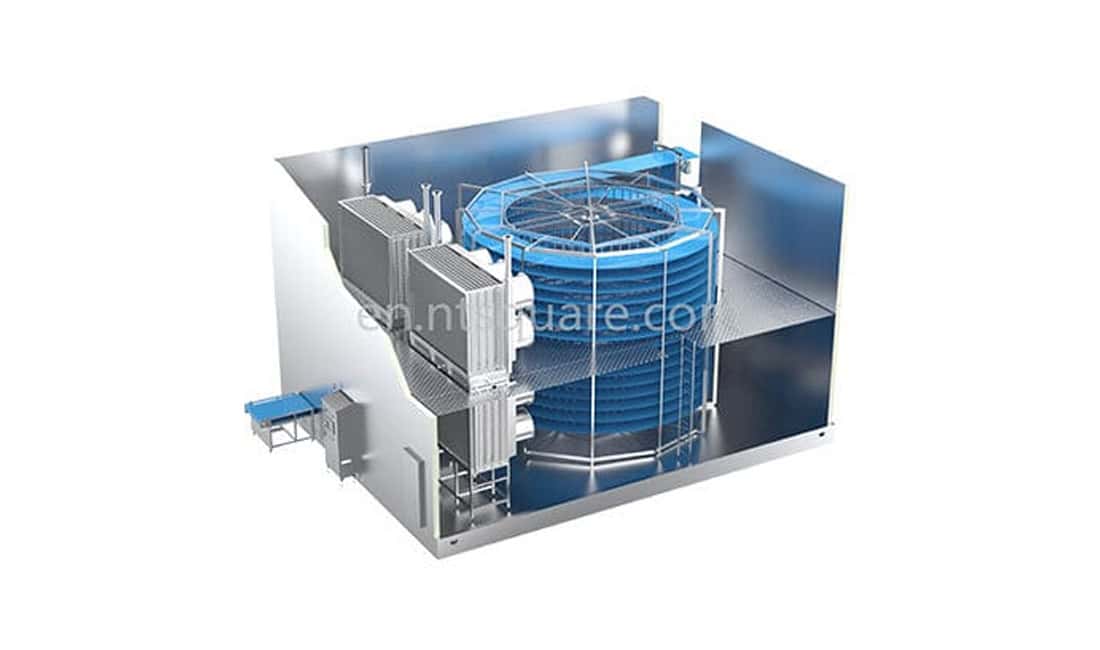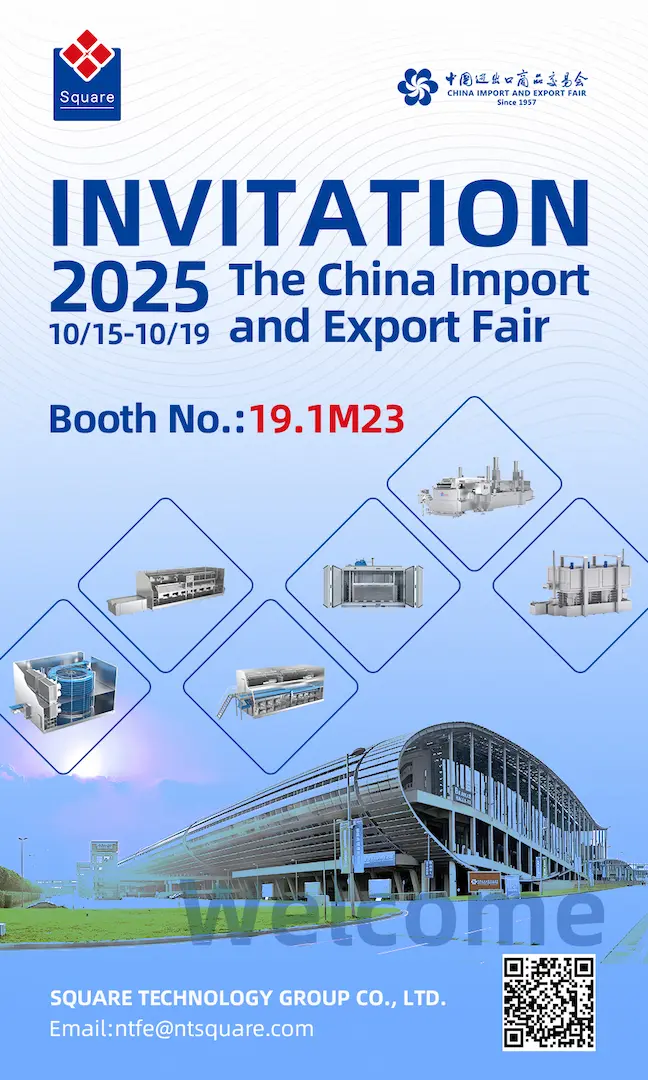Selecting the right industrial freezer is a critical decision for food manufacturers that impacts product quality, operational efficiency, and bottom line. The freezer market in 2025 offers numerous options from leading brands like Atosa USA, True Manufacturing, and Hoshizaki, each providing different features suited to specific manufacturing needs. When purchasing a commercial freezer, manufacturers should prioritize durability, energy efficiency, temperature consistency, and appropriately sized units that match their production volume and available space.
Material quality significantly affects a freezer’s longevity and performance in demanding manufacturing environments. Stainless steel freezers offer excellent durability and easy cleaning, making them ideal for food production facilities where sanitation is paramount. Beyond materials, manufacturers should evaluate technological features such as digital temperature controls, self-defrosting capabilities, and remote monitoring systems.
The right freezer choice varies depending on specific operational requirements. Walk-in freezers accommodate large production volumes, while reach-in models offer convenience for smaller operations or supplemental storage. Advanced compressor technology from top commercial freezer brands can deliver significant energy savings while maintaining precise temperatures essential for food safety and quality preservation.
Understanding Commercial Freezers
Commercial freezers serve as the backbone of food manufacturing operations, providing essential cold storage solutions for preserving product quality and extending shelf life. They differ significantly from residential units in terms of capacity, durability, and temperature control capabilities.
Types of Industrial Freezers
Walk-in freezers represent the largest category, offering expansive storage for high-volume operations in the food industry. These units can be customized to fit available space and specific operational requirements.
Reach-in freezers provide more accessible storage with various door configurations including glass doors for product visibility or solid doors for maximum insulation. These units are ideal for medium-sized operations needing frequent access to frozen inventory.
Undercounter freezers offer space-saving solutions for operations with limited floor space while maintaining professional-grade cooling performance. These compact units fit beneath prep stations, optimizing workflow efficiency.
Blast chillers rapidly reduce food temperature, preserving quality and meeting safety standards. Unlike standard freezers, they can bring food from cooking temperature to freezing in minutes rather than hours.
Chest freezers provide deep storage capacity with top-loading design, maximizing energy efficiency by minimizing cold air loss during opening.
Analyzing Your Freezer Needs
Determining the appropriate size and capacity should begin with calculating your peak storage requirements plus 15-20% additional space for growth. Consider your inventory turnover rate and maximum storage needs during busy periods.
The specific demands of your commercial setting should guide your selection process. Food manufacturers handling large production volumes require different solutions than smaller specialty producers.
Energy consumption represents a significant operational cost for freezers. Look for energy-efficient freezers with features like LED lighting, high-quality insulation, and modern compressors to reduce long-term expenses.
Consider whether remote refrigeration systems might benefit your operation. These separate the condensing unit from the storage cabinet, reducing heat and noise in work areas while potentially improving efficiency.
Temperature consistency is crucial in the foodservice industry. Evaluate units with precise digital controls, temperature alarms, and recovery performance after door openings to maintain product integrity.
Key Features to Evaluate
When selecting industrial freezers for food manufacturing, certain critical features directly impact operational efficiency and product quality. Evaluating these aspects carefully will ensure you make an investment that serves your business needs while maintaining food safety standards.
Temperature Control Mechanisms
Industrial freezers must maintain precise temperature levels to preserve food quality and safety. Look for units with digital thermostats that provide accurate readings and allow for easy monitoring of internal conditions. Advanced models feature adjustable temperature controls with programmable settings that can maintain temperatures within 0.5°F of the target.
Сайт compressor location matters significantly – top-mounted compressors generally perform better in hot environments while side-mounted options may be more accessible for maintenance. Many high-quality units now offer dual or triple redundant cooling systems to prevent catastrophic failures.
Remote temperature monitoring capabilities are increasingly standard in premium models, allowing staff to receive alerts when temperatures fluctuate beyond acceptable ranges. This feature is particularly valuable for facilities that operate with minimal overnight staffing.
Energy Efficiency Considerations
Energy consumption represents a substantial ongoing cost for food manufacturers. Energy Star certified freezers typically use 20-30% less electricity than standard models, translating to significant savings over the equipment’s lifespan.
Look for units with efficient defrost cycles that minimize temperature fluctuations and reduce energy waste. High-quality door seals and insulation also contribute substantially to energy conservation by preventing cold air loss.
The type of refrigerant used impacts both efficiency and environmental footprint. Modern units using R290 or R600a offer superior efficiency while complying with environmental regulations. These natural refrigerants have substantially lower global warming potential than older HFC refrigerants.
Variable speed compressors adjust cooling output based on actual needs rather than cycling on and off, reducing потребление энергии by up to 15% compared to conventional systems.
Design and Build Quality
Сайт durability of industrial freezers directly affects long-term operational costs. Stainless steel interiors resist corrosion and are easier to clean, meeting strict food safety requirements. Look for reinforced floors that can handle heavy loads without warping.
Height and configuration should match your facility’s spatial constraints while maximizing storage capacity. Units with adjustable shelves offer flexibility to accommodate different product sizes and packaging formats. Some manufacturers offer customizable shelf configurations to optimize storage density.
Door design significantly impacts both usability and efficiency. Self-closing doors with positive seals prevent temperature loss, while glass top freezers provide better product visibility for frequently accessed items. Units designed for easy cleaning and maintenance reduce downtime and labor costs.
Consider the quality of hardware like hinges, handles, and gaskets, as these components often fail first. Premium models use commercial-grade hardware designed for frequent use in demanding environments.
Practical Aspects for Daily Operations
The day-to-day functionality of industrial freezers significantly impacts productivity and food safety in manufacturing environments. Choosing equipment with practical features can reduce labor costs and prevent costly inventory losses.
Ease of Access and Convenience
Industrial freezers with well-designed accessibility features save valuable time during busy production periods. Look for models with self-closing doors that include an automatic closing mechanism to maintain temperature stability when staff are moving products in and out frequently.
Commercial freezers should have adequate interior lighting and clearly visible digital temperature displays. This allows workers to quickly locate items and verify proper storage conditions without extended door-opening times.
Adjustable shelving configurations accommodate different product sizes and packaging types. For food manufacturers handling diverse product lines, this flexibility is essential for maximizing storage capacity.
Quick-access features such as glass display doors benefit operations where inventory visualization is important. These are particularly valuable in settings where specific items must be retrieved quickly without searching through multiple containers.
Maintaining Your Commercial Freezer
Regular maintenance ensures optimal performance and extends equipment lifespan. Manufacturers should establish a preventive maintenance schedule that includes cleaning condenser coils, checking door seals, and inspecting drainage systems.
Choosing between manual defrost и automatic defrost systems is crucial for operational efficiency. While manual defrost requires scheduled downtime, it may consume less energy. Automatic defrost systems offer convenience but might briefly fluctuate temperatures.
Temperature monitoring systems with alerts prevent costly inventory losses. Modern freezers often include remote monitoring capabilities that notify managers of potential issues before they become critical problems.
Staff training on proper usage reduces wear and tear on equipment. This includes guidance on maximum load capacity, proper product arrangement for airflow, and quick retrieval techniques to minimize door-opening duration.



